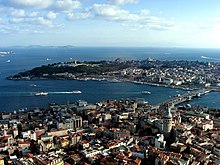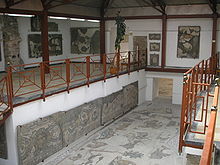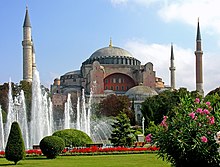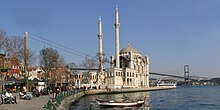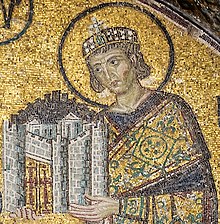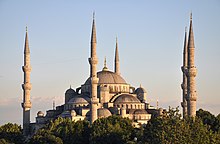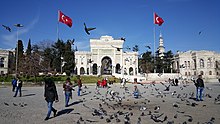
Istanbul
The following outline is provided as an overview of and topical guide to Istanbul:
Contents
- General reference
- Geography of Istanbul
- Location of Istanbul
- Environment of Istanbul
- Areas of Istanbul
- Locations in Istanbul
- Demographics of Istanbul
- Government and politics of Istanbul
- Law and order in Istanbul
- History of Istanbul
- History of Istanbul, by period or event
- History of Istanbul, by subject
- Culture of Istanbul
- Arts in Istanbul
- Religion in Istanbul
- Sports in Istanbul
- Economy and infrastructure of Istanbul
- Transportation in Istanbul
- Education in Istanbul
- Healthcare in Istanbul
- See also
- References
- External links
Istanbul –



